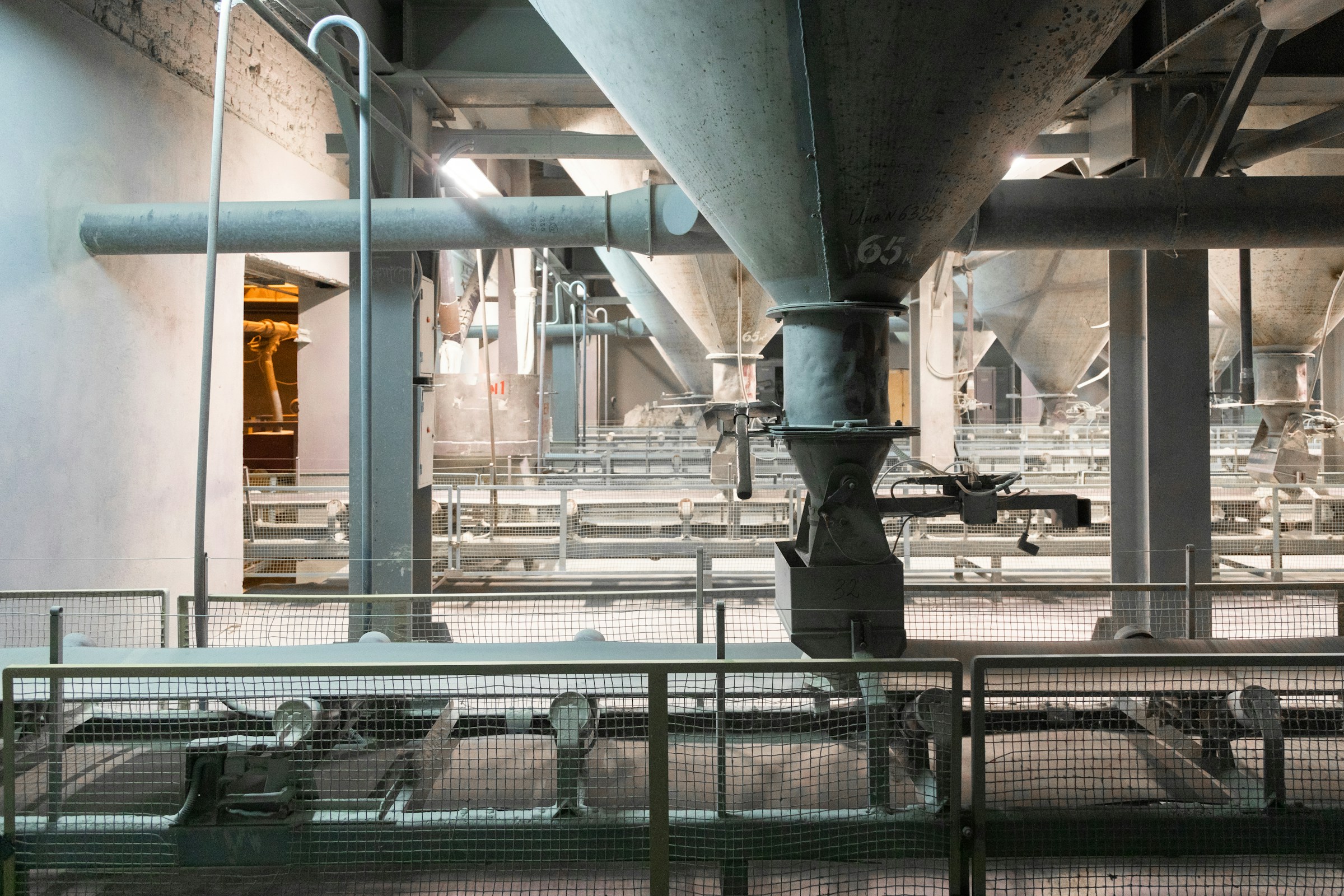China’s July factory numbers were expected to stabilize. Instead, they contracted. The official manufacturing purchasing managers’ index (PMI) dropped to 49.3—its lowest level in six months—undershooting consensus expectations and reinforcing doubts about the durability of the country’s post-COVID recovery.
This was not an isolated reading. The non-manufacturing PMI, which tracks construction and services, also weakened to 50.1, barely clinging to expansion territory. Together, these figures suggest more than a statistical wobble. They point to a macro environment in which both domestic and export engines are faltering at the same time. And for capital allocators, the signal is clear: demand fragility in China is real, and capital reallocation pressure is rising.
What makes this data release significant is not just the level, but the context. The July PMI print came after months of tariff de-escalation between China and the United States. Market optimism around a possible export rebound had begun to build. And yet, the manufacturing sector slipped further into contraction.
This mismatch points to a deeper problem: the weakness is not externally imposed, but demand-led. Exports are losing steam despite improved trade optics. Domestic demand remains tepid despite ongoing liquidity support. The result is a two-speed economy where policy posturing outpaces real-sector responsiveness.
The underlying deterioration in factory orders and business sentiment reflects a broader issue: the recovery lacks breath. What growth does exist is narrow, localized, and too reliant on sporadic government nudges. For an economy still framed as a global growth engine, that’s a systemic vulnerability.
The July PMI shock lands hardest on the supply chain economies most reliant on Chinese demand for intermediate goods—particularly South Korea, Malaysia, and Vietnam. Manufacturers in these countries often serve as upstream nodes in China’s export machine. When factory activity slows in China, these nodes experience lower orders, compressed margins, and rising inventory risks.
For capital allocators with significant China overweight in their Asia exposure—especially in EM equity, high-yield debt, and private capital—this print reinforces the prudence of rebalancing. Institutional investors, particularly sovereign wealth funds and pension managers, have already shown signs of hedging via increased allocations to India and Indonesia, where PMIs remain comfortably in expansion and domestic consumption momentum is stronger.
Meanwhile, capital flight is unlikely—but capital hesitation is already visible. The China premium that once drew allocators for growth is thinning. The pricing of risk is quietly shifting, and July’s PMI is a datapoint that may tilt asset allocation models further away from Beijing.
The People’s Bank of China (PBOC) is in a holding pattern, caught between defending the renminbi and stimulating growth. Its liquidity tools remain active but restrained. A broad rate cut risks triggering RMB depreciation, inviting speculative outflows and undermining credibility. But standing pat allows deflationary pressures to intensify—especially with private-sector confidence so visibly eroded.
So far, the policy response has been incremental: small-scale credit injections, local bond issuance flexibilities, and central bank window guidance. But these measures are poorly transmitted if businesses are reluctant to expand, hire, or invest. The velocity of money—not just its volume—is the real constraint.
If factory activity continues to contract, expect the PBOC to expand the toolkit, possibly via targeted rate tweaks or sectoral support, especially in green tech and infrastructure. But none of these interventions will reverse the perception that China’s growth model has entered a structurally weaker phase.
Singapore, India, and Indonesia are increasingly viewed as relative havens in the Asia-Pacific capital map. These economies offer not just yield, but policy consistency. Singapore’s macro prudence, India’s consumption depth, and Indonesia’s fiscal trajectory all contrast with China’s unpredictable growth delivery.
This matters because allocators don’t simply chase absolute growth—they chase credible growth. July’s PMI print, especially coming during what should have been a stabilizing quarter, repositions China away from the “default engine” of regional growth and closer to “watchlist” status for macro fragility.
Expect to see increased interest in cross-border bond issuance, foreign direct investment corridors, and regional ETFs that over-index toward Southeast Asia and South Asia rather than East Asia. In a world of tight spreads and tighter scrutiny, the next wave of capital won’t just follow scale—it will follow signals.
This PMI dip is not a mere cyclical fluctuation—it’s a credibility marker. For global allocators, it reinforces the view that China’s post-pandemic economic rhythm remains uneven and structurally shallow. The data may be monthly, but the implication is longer-term: Chinese demand is no longer a given, and capital must position accordingly.
Growth without depth, policy without traction, and signals without substance—these are the risks now embedded in the China story. And the July factory print made them harder to ignore.















